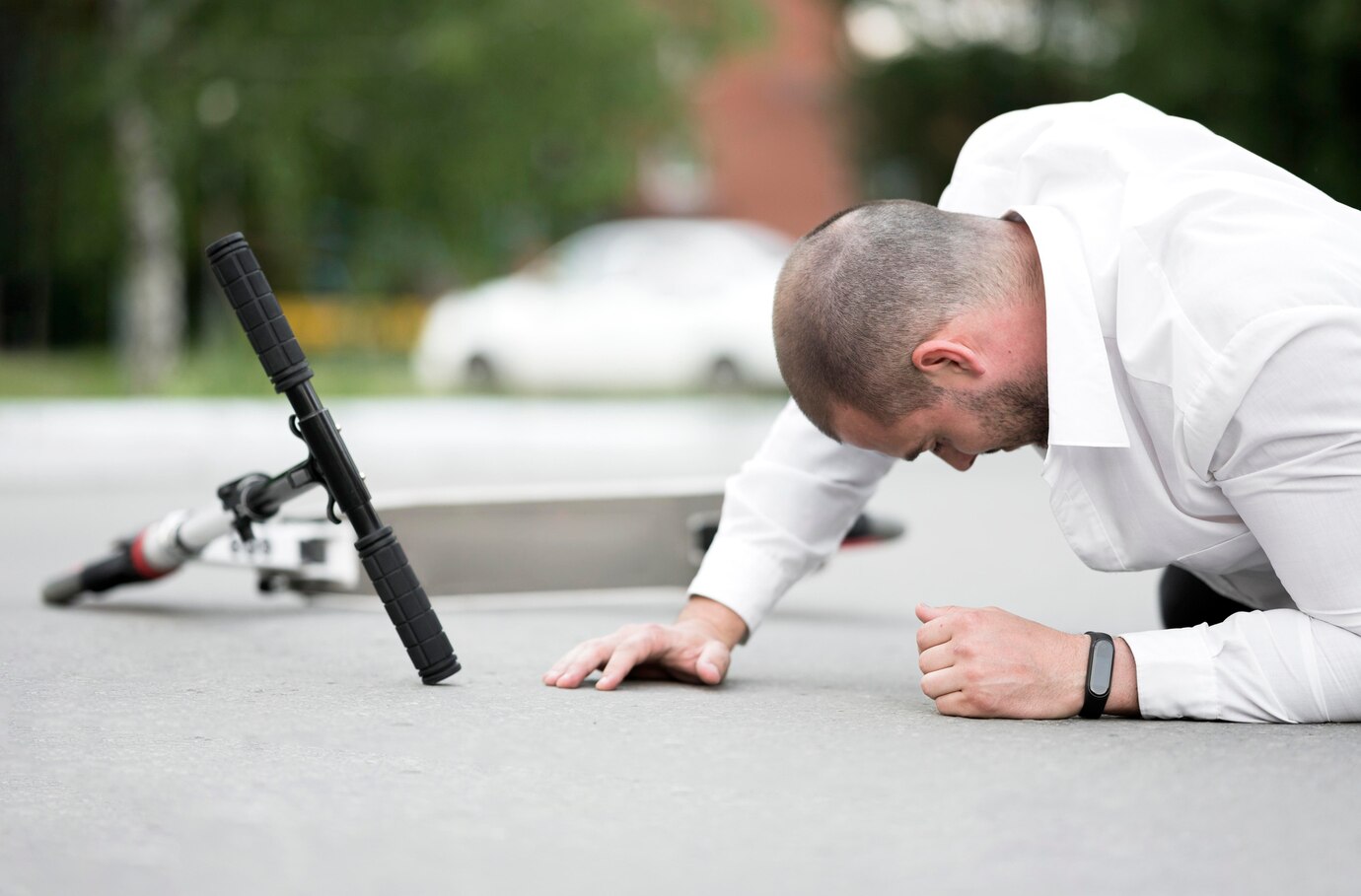Auto accidents can result in various injuries, with sprains and strains being among the most common. These soft tissue injuries can cause significant pain and discomfort, impacting daily life and requiring proper care for recovery. This article explores the nature of sprains and strains in the context of auto injuries, their symptoms, and treatment options.

Defining Sprains and Strains
While often used interchangeably, sprains and strains affect different parts of the body:
- Sprains involve the stretching or tearing of ligaments, which are the tough bands of tissue connecting bones at joints. Common areas for sprains in auto accidents include the neck (whiplash), wrists, and ankles1.
- Strains occur when muscles or tendons (tissues connecting muscles to bones) are overstretched or torn. In auto accidents, strains frequently affect the back, neck, and shoulders2.
Common Symptoms
Both sprains and strains share similar symptoms, which can include:
- Pain and tenderness
- Swelling
- Limited range of motion
- Bruising (more common in sprains)
- Muscle spasms (more common in strains)4
Auto Accidents and Soft Tissue Injuries
The sudden impact and force of a car collision can cause the body to jerk or twist unnaturally, leading to sprains and strains. Common scenarios include:
- Whiplash injuries from rear-end collisions
- Wrist sprains from bracing against the steering wheel or dashboard
- Back strains from the force of impact
Treatment and Recovery
Treatment for sprains and strains often follows the RICE protocol:
- Rest
- Ice
- Compression
- Elevation
For mild to moderate injuries, this approach, combined with over-the-counter pain relievers, can be effective5. However, more severe cases may require:
- Physical therapy
- Prescription medications
- In rare cases, surgical intervention
Long-term Implications
While many sprains and strains heal within a few weeks, some auto accident victims may experience prolonged pain or reduced mobility. It’s crucial to seek medical attention promptly after an accident, as some symptoms may not appear immediately.
Prevention and Safety
While not all accidents are preventable, measures such as wearing seatbelts, maintaining proper posture while driving, and ensuring your vehicle’s safety features are up-to-date can help minimize the risk of severe sprains and strains in the event of a collision.
Related FAQs
1. How long does it typically take to recover from a sprain or strain caused by an auto accident?
Recovery time varies depending on the severity of the injury, but mild to moderate sprains and strains often heal within 2-8 weeks with proper care.
2. Can whiplash be classified as a sprain or a strain?
Whiplash can involve both sprains and strains, as it can affect the ligaments, muscles, and tendons in the neck.
3. Should I see a doctor after a car accident even if I don’t feel immediate pain?
Yes, it’s advisable to seek medical attention after an auto accident, as some soft tissue injuries may not show symptoms immediately.
4. Are sprains or strains from auto accidents covered by insurance?
Generally, these injuries are covered by auto insurance policies, but coverage may vary depending on your specific policy and the circumstances of the accident.
5. Can physical therapy help with long-term effects of sprains and strains from auto accidents?
Yes, physical therapy can be highly effective in managing long-term symptoms and improving function after sprains and strains from auto accidents.
Thank you for choosing our clinic! We offer specialized care for auto-related injuries, including sprains and strains, to help you find relief and get back to your normal routine. Visit us at https://texasspecialtyclinic.com/ or call us at (469) 496-2456 to schedule an appointment. Walkins & new appointments available.

